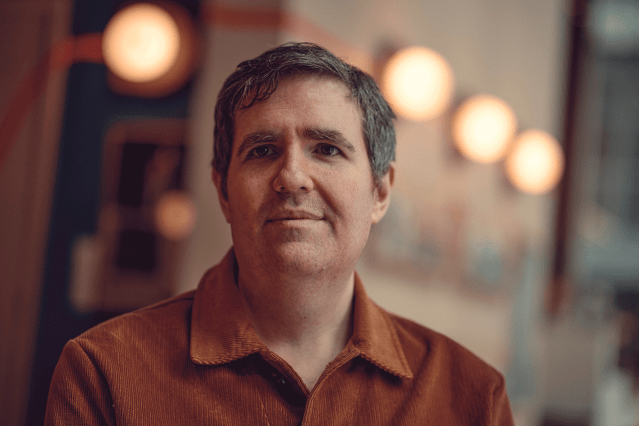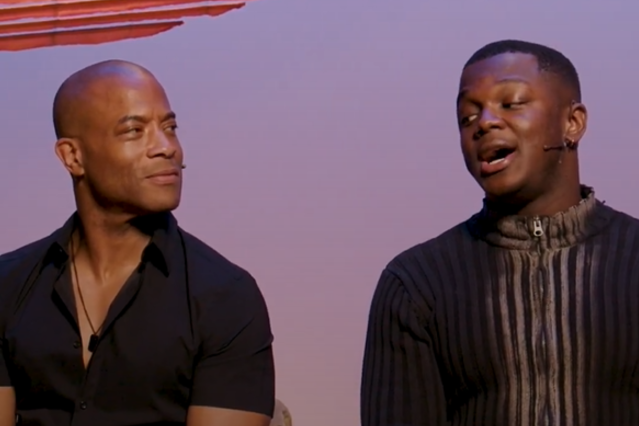Royal Court announces David Byrne as new artistic director
Byrne will succeed Vicky Featherstone next year

The Royal Court Theatre has announced the appointment of David Byrne as its new artistic director. He will take over from Vicky Featherstone, who steps down at the start of 2024 after a decade in the role.
Byrne is the founding artistic director of New Diorama, where he has overseen productions including Operation Mincemeat and For Black Boys Who Have Considered Suicide When the Hue Gets Too Heavy, which transferred to the Royal Court.
Other achievements during his decade at New Diorama include NDT Broadgate, which has provided free rehearsal space for over 8,000 creatives in the wake of the pandemic. His own plays include an adaptation of George Orwell’s Down and Out in Paris and London, The Incident Room (co-written with Olivia Hirst) and Secret Life of Humans.
Anthony Burton, chair of the Royal Court Theatre, said Byrne “has a reputation for artistic excellence, creative disruption and innovation in artist support,” adding: “We are very excited by the prospect of his leadership which will be fresh and surprising, whilst building on the groundbreaking legacy of his predecessor Vicky Featherstone.”
Byrne described his appointment as “an honour” and “the adventure of a lifetime”.
“At its founding, George Devine imagined the Royal Court to be where ‘the experimentalists of the modern era could be seen’, often ‘in advance of public taste’,” he said. “For over a decade at New Diorama, I’ve embraced those ideals, seeking out and supporting the boldest and most exhilarating artists so that, together, we could re-write the theatre rule book.
“In this new role, I’m excited to continue working in service of the playwrights and artists raring to take big swings. Together, we’ll shape a rejuvenating culture from which the experimentalists of this new era are safe to take risks, can gamble like they’re never going to lose, and where audiences can glimpse the future of theatre, today.”
















